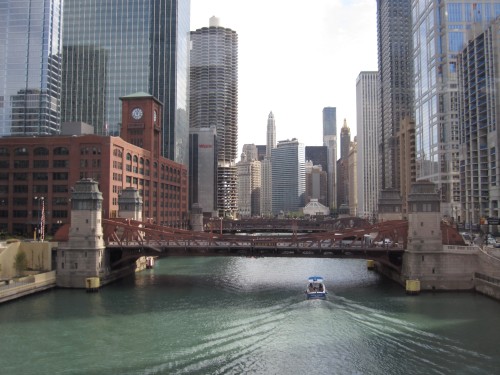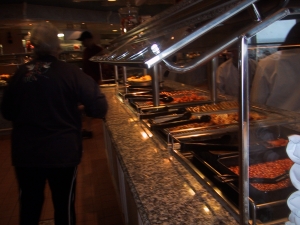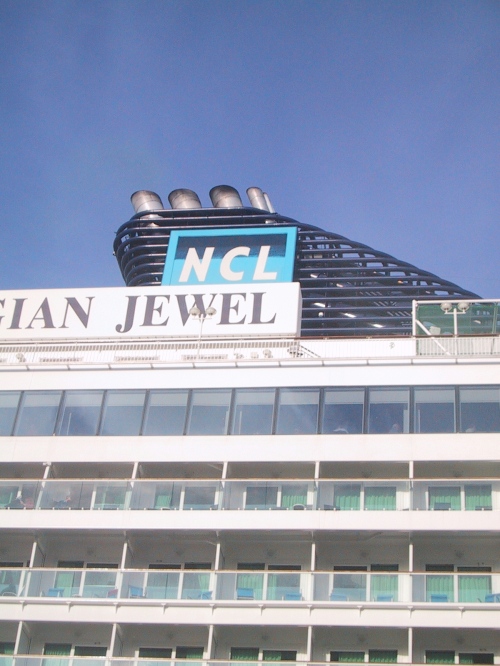By sheer coincidence (or perhaps divine intervention) the “Navigating the American Carbon World” Conference — a schmooze-fest of oil executives, bankers, offset dealers, and green(wash) groups flown in to- essentially- carve up and sell the sky, perpetuating our addiction to fossil fuels- is- at this moment sharing the San Francisco Marriott Marquis with (are you ready for this?)—– the annual meeting of the American Society of Addiction Medicine.
So, at the protest today organized by the Mobilization for Climate Justice- West , we thought, why not merge the conferences? Get the psychiatrists to treat the carbon trading carbon addicts. The real victims, the ones in denial, who believe we can just ‘offset’ the damage like a papal indulgence to guilty pleasures- and we know where that leads.
Denial– a common symptom of addiction- is widespread. We bury our heads in the sand against the looming climate devastation and energy crash- Can our system’s habit be treated by the latest in addiction therapy before it’s too late? Right now we’ve got the top addiction experts in the world sharing the same hotel as the Shell executives, the Bank of Americas that fund them, and the Terrapasses who pardon the sin– there’s really never been a better opportunity to admit we have a problem and enter recovery.
So we’ve created a public open letter to the American Society for Addiction Medicine, calling upon them to treat our friends the fossil fuel addicts at the carbon trading conference. Sign our letter today! We’ve never needed a shrink like we do today.
So last night at a cocktail party at 111 Minna for conference attendees put on by Brighter Planet, an offset company looking to open up west coast markets, I posed the question to Patty, the Executive Director of Brighter Planet who was on the panel…
“given that the carbon trading and offsetting industry are increasingly in disrepute over a number of scandals and abuses, such as the multi-million euro carbon trade scam uncovered on Tuesday by the Spanish authorities and given that James Hansen, one of the world’s most respected atmospheric scientists is now saying that carbon trading and offsets ‘are designed to perpetuate business-as-usual and squander the precious time needed to prevent the crossing of disastrous ‘tipping points’.’
Given all that, what is Brighter Planet doing to transition away from the sale of offsets?”
They didn’t like that question. I mean they REALLY didn’t like that question. The moderator tried to rip the microphone out of my hands, and got all flustered.
Much hostility from the audience, including the drunk carbon traders on the floor who were rudely yelling over the panel discussion. This guy Trevor from Barclays capital became agitated and walked away when I offered to sell him “Cheatneutral infidelity offsets.” Maybe he has guilt issues around his fossil fuel cheating. Who knows.
Then today during the MCJ Demo on the first day of the conference, people unfurled a large banner in the middle of 4th St., temporarily blocking traffic, gave speeches and street theatre, and disrupted the conference a number of times inside including an announcement on a live mic at the luncheon that “history will spit” on those who delay emissions reductions.
Anyway, no doubt more fun tomorrow at the Offset This! protest outside the Marriott Marquis- 4th and Market- at 8am tomorrow (friday). We’re headed for climate chaos, and we have a message for the bankers, oil executives, greenwash groups, and politicians who profit from delaying the inevitable weaning:
The Sky is NOT FOR SALE.

















































